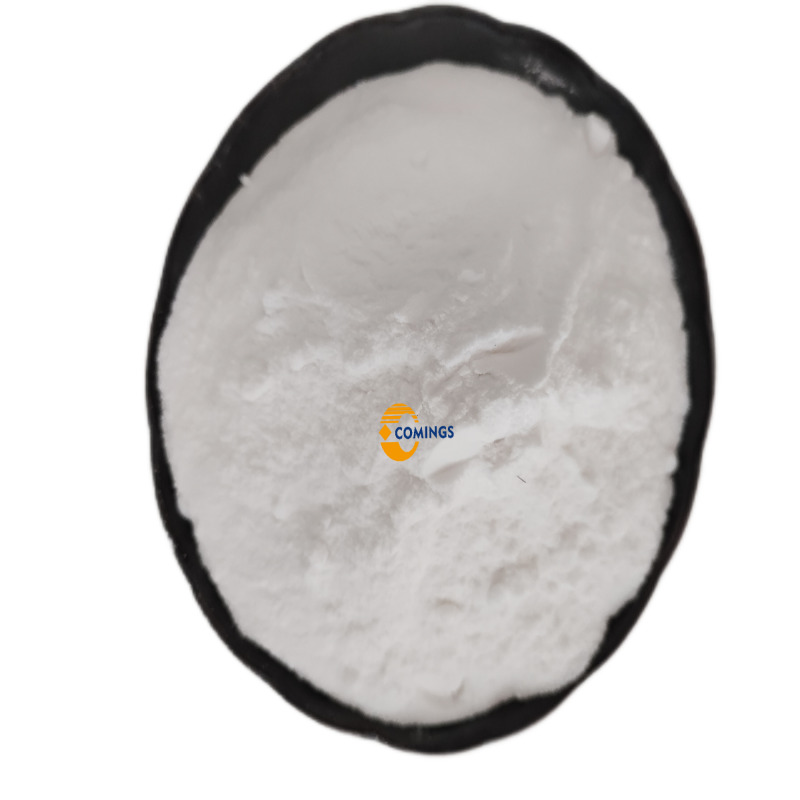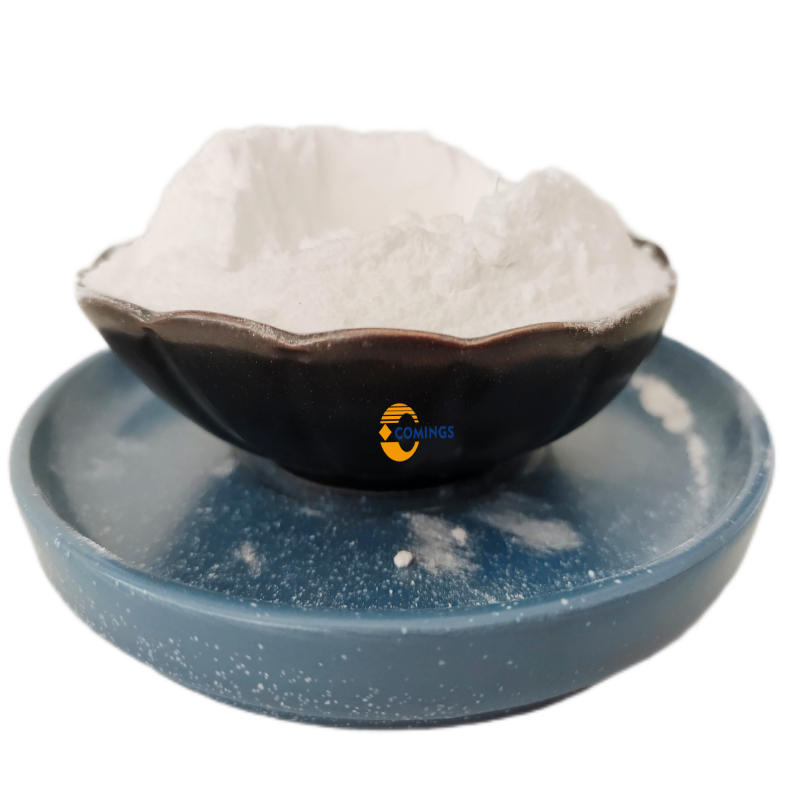-
Categories
-
Pharmaceutical Intermediates
-
Active Pharmaceutical Ingredients
-
Food Additives
- Industrial Coatings
- Agrochemicals
- Dyes and Pigments
- Surfactant
- Flavors and Fragrances
- Chemical Reagents
- Catalyst and Auxiliary
- Natural Products
- Inorganic Chemistry
-
Organic Chemistry
-
Biochemical Engineering
- Analytical Chemistry
-
Cosmetic Ingredient
- Water Treatment Chemical
-
Pharmaceutical Intermediates
Promotion
ECHEMI Mall
Wholesale
Weekly Price
Exhibition
News
-
Trade Service
On June 15, Environmental Microbiology reported the research results of Sun Chaomin, a researcher at the Institute of Oceanology of the Chinese Academy of Sciences, on deep-sea hydrothermal microbes that can use infrared light for energy synthesis, in order to discover new light energy utilization mechanisms and evaluate the effects of light on deep-sea hydrothermal fluids.
The contribution of the ecosystem provides theoretical basis and research examples
.
For a long time, researchers have generally believed that the deep sea is a dark ecosystem supported by chemical energy, but more and more evidence shows that deep-sea hydrothermal areas, especially near high-temperature chimney bodies, can emit geology dominated by infrared light.
Heat source light
.
However, whether microorganisms in deep-sea hydrothermal ecosystems can use this geological light source for special "photosynthesis" or other unknown light energy metabolism pathways has always been the focus of attention and controversy in the academic community
.
There are many important scientific questions.
For example, can deep-sea microorganisms use infrared light as a source of energy? If it can be used, what energy metabolism pathways are it based on? Do deep-sea microorganisms rely on chlorophyll to use infrared light? If not, what are the new ways to use light energy? Based on the above-mentioned problems, Sun Chaomin’s team obtained a strain of Croceicoccus marinus OT19 from the sediment samples based on the sediment collected by the “Science” in 2018 from the vicinity of the deep-sea hydrothermal vent, using infrared light enrichment culture technology
.
The study found that compared to other types of light (blue, green, red, etc.
), the strain can grow the fastest under infrared light (940 nm)
.
However, genome sequencing showed that the strain did not contain the chlorophyll synthesis pathway and rhodopsin coding genes, and it was not a common type of light energy utilization
.
Combined with proteomics and other methods, it was confirmed that bacterial phytochromes play a key role in the growth-promoting process of infrared light, and infrared light can significantly promote the metabolism of pyruvate and propionic acid of this strain
.
Physiological experiments further confirmed that infrared light can promote the conversion of pyruvate and propionate to acetyl-CoA and succinyl-CoA, thereby significantly enhancing the tricarboxylic acid cycle pathway and energy production, and ultimately promoting the rapid growth of strains
.
This research provides a new perspective for understanding the light energy utilization mechanism of deep-sea microorganisms, and provides an example for in-depth research on the special energy metabolism mechanism of high-temperature hydrothermal ecosystems and low-energy light energy utilization
.
Liu Ge, Ph.
D.
from the Key Laboratory of Experimental Marine Biology, Institute of Oceanology, Chinese Academy of Sciences, is the first author of the paper, and researcher Sun Chaomin is the corresponding author of the paper
.
The research work was funded by the Strategic Leading Science and Technology Project of the Chinese Academy of Sciences and the Oceanic Association "Deep Sea Biological Resources Program"
.
Figure 1.
Infrared light significantly promotes the growth of the deep-sea hydrothermal bacterium Croceicoccus marinus OT19 Figure 2.
Proteomics reveals that infrared light promotes the metabolism of pyruvate and propionic acid of the deep-sea bacterium Croceicoccus marinus OT19 Figure 3.
Infrared light promotes the deep-sea hydrothermal bacterium Croceicoccus marinus OT19 Source of growth pattern diagram: Institute of Oceanology, Chinese Academy of Sciences






